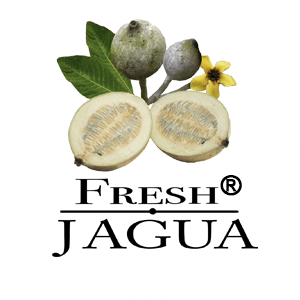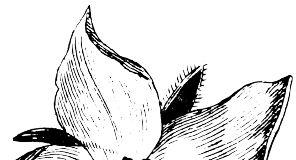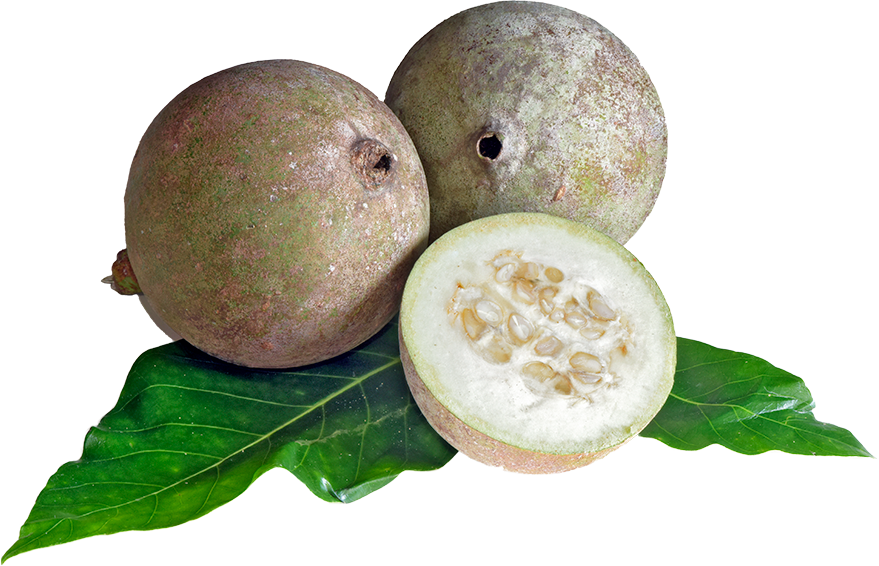Jagua is a rain forest fruit, scientifically known as the Genipa Americana. A very common plant throughout the tropical regions of South America, Jagua has been used as a body art medium for over 2,000 years. Jagua works by permanently staining the epidural layer of skin and creating a blue-black temporary tattoo that lasts until the skin regenerates in 2-4 weeks.

In its native region, Jagua is used for far more than temporary tattoos. The unripe fruit is used not only as a body stain but also as a dye for clothing and ink for various artistic endeavors. Considered a natural insect repellent, the body art created by rain forest tribes serves a dual function as both decoration and protection. When the fruit is ripe it is a good source of nutrition and is served in the forms of jelly, syrup, ice cream, and an array of beverages. Since the fruit is rather bitter (much like the American gooseberry) it is usually served highly sweetened. Additionally, Jagua is a regional folk remedy for the common cold.
To create the stain used in modern body art applications, the unripened Jagua fruit is juiced and strained to create a smooth, particle-free liquid. The Jagua juice is then mixed with natural emulsifiers to turn it into a gel that can be applied to the top of the skin, much like frosting is applied to a cake. Natural preservative ingredients are also added to keep the Jagua fresh and allow it to be stored in the refrigerator for up to one month without spoilage. Additionally, essential oils are mixed in to create a pleasant aroma and to slow the drying time of the gel for optimal staining.




